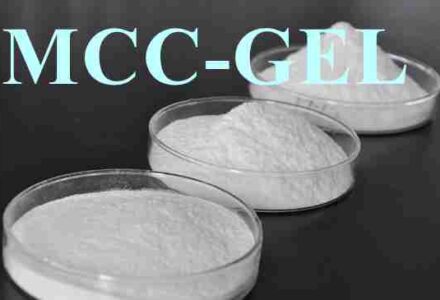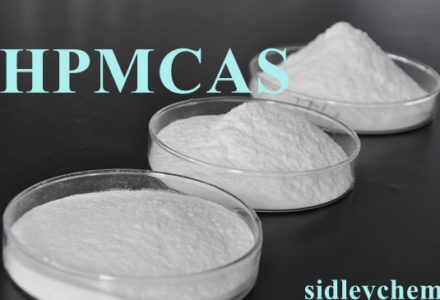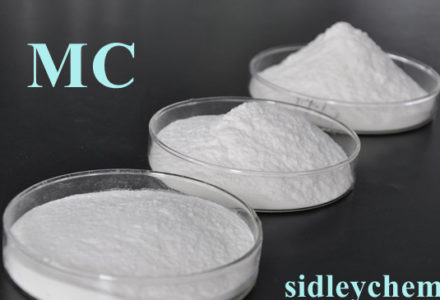Application of Sodium carboxymethyl cellulose in Textile Dyeing & Printing Industry Sodium carboxymethyl cellulose 1. Textile Warp Sizing In recent years, the textile industry has made extensive use of Sodium carboxymethyl cellulose as the sizing agent instead of grain. Practices have proven that sizing with Sodium carboxymethyl cellulose not only saves a lot of grain and oil but.. read more →
Rapid Development of hydroxypropylmethyl cellulose in China Hydroxypropylmethyl Cellulose (HPMC) is a kind of high-tech fine chemical product that is in short domestic supply, and a variety with the widest application and the best performance of all the kinds of celluloses. Since this product has excellent thickening, emulsifying, protecting colloid, retaining moisture and other.. read more →
Effects of HPMC on the Cement-Based Building Material Mortar Effects of HPMC A. Water-Holding Capacity This is one of the most important Hydroxypropyl Methyl Cellulose effects. The building special hydroxypropyl methylcellulose can prevent water from penetrating the wall. An appropriate amount of water staying in the mortar helps to make the cement have a longer time.. read more →
Improvement Effects of Hydroxypropyl Methylcellulose on Cement-Based Materials Hydroxypropyl methyl cellulose ( HPMC for short) has excellent thickening property and can be used as a good dispersion resistance agent for concrete. In recent years, with the development of exterior insulation technology, the improvement of cellulose production technology, and its own excellent properties, hydroxypropyl methyl cellulose.. read more →
Properties of Sodium carboxymethylcellulose 1. Structure Sodium carboxymethylcellulose is typical ionic-type cellulose ether and the frequently used product is its sodium salt, as well as ammonium and aluminum salts. Sometimes, Sodium carboxymethylcellulose acids can be produced. When degree of substitution (that is, the average value of hydroxyl groups reacted with the substitution of each anhydrous glucose monomer) is.. read more →




